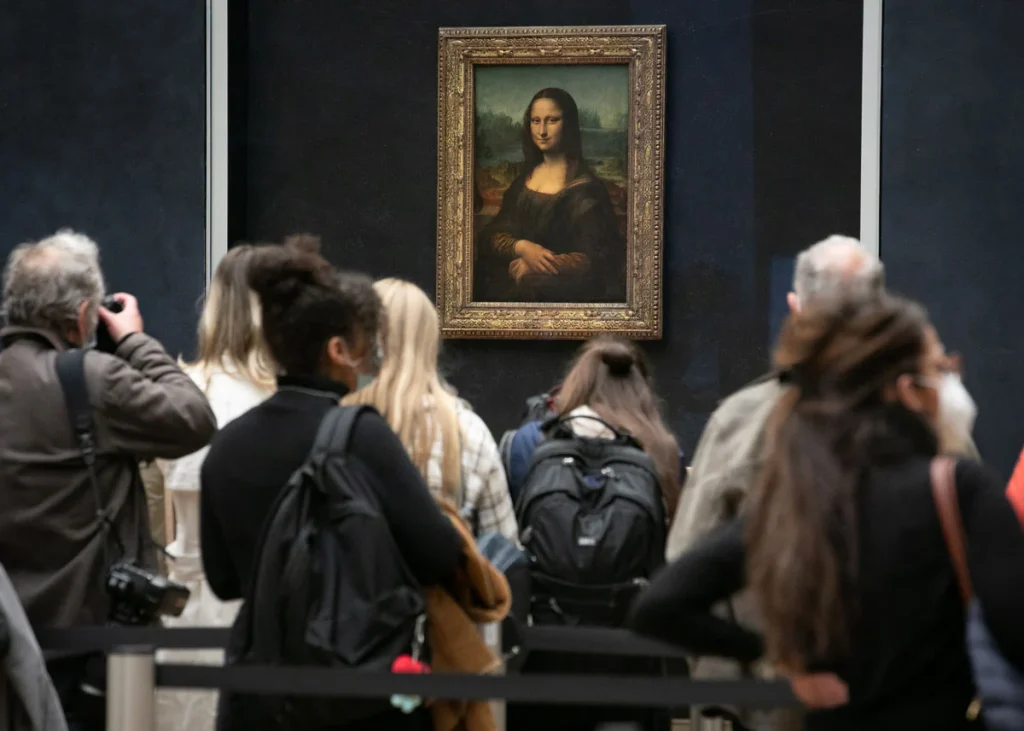Introduction
The Mona Lisa, an iconic masterpiece by Leonardo da Vinci, continues to intrigue and astound the art world. Recent scientific examinations using X-rays have uncovered a fascinating aspect of this renowned painting, suggesting that da Vinci was experimenting with his artistic techniques during its creation. This discovery sheds new light on the genius of the Italian Renaissance artist.
A Glimpse into da Vinci’s Experimentation
Researchers have delved into the chemical composition of a tiny speck of the Mona Lisa using X-rays, and their findings challenge conventional wisdom. The base layer of the painting, which was created with oil paint, contains a chemical compound called plumbonacrite, a rarity in the art world. This revelation supports a long-standing theory among art historians that Leonardo da Vinci utilised lead oxide powder to thicken and hasten the drying of the Mona Lisa’s paint layers.
Leonardo’s Artistic Versatility
The study’s lead author, Victor Gonzalez, a chemist at France’s CNRS (Centre National de la Recherche Scientifique), emphasises Leonardo da Vinci’s artistic versatility. Each of his paintings, including the Mona Lisa, exhibits distinct technical characteristics, revealing his propensity for experimentation. This unique technique for the base layer of the Mona Lisa underscores da Vinci’s innovative and constantly evolving approach to art.
The Challenge of Detecting Hidden Treasures
Unearthing the presence of plumbonacrite within the Mona Lisa’s base layer is a remarkable feat, considering the minuscule size of the paint speck. This microscopic fragment was nearly invisible to the naked eye, finer than a strand of hair. Researchers used a synchrotron, a machine that accelerates charged particles to near light speed, to examine the atomic structure of this elusive compound.
Connecting the Dots in Art History
While the discovery of plumbonacrite in the Mona Lisa is rare, it is not entirely unprecedented. Victor Gonzalez and his team previously found this chemical compound in a painting by Rembrandt, suggesting that similar paint recipes have been passed down through the centuries. This revelation emphasizes the ongoing potential for further discoveries in the world of art history.
Conclusion
The revelation of Leonardo da Vinci’s experimentation with plumbonacrite in the Mona Lisa’s base layer opens a new chapter in the study of this iconic artwork. It underscores the ever-evolving nature of da Vinci’s artistic genius and paves the way for future discoveries and insights into the world of Old Masters. As Victor Gonzalez aptly states, “We are barely scratching the surface,” and each discovery adds another “brick” to our growing knowledge of art history.

Contributor





